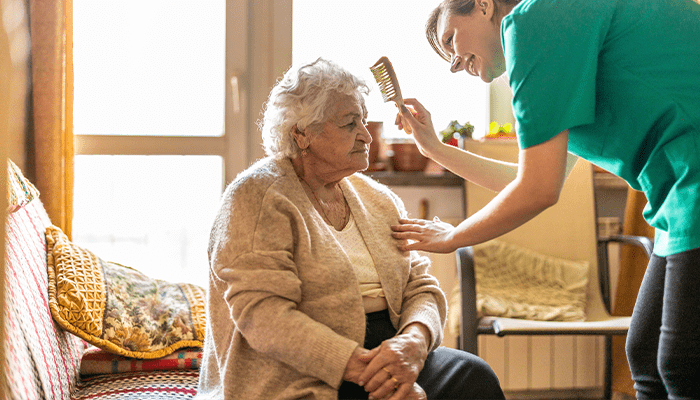
Transferring Risk by Adding Additional Insureds
Senior Living communities maintain a variety of business relationships to effectively run their organization. These relationships can include banks for mortgages, vehicle loans and equipment leasing. These examples, and many more, involve the transfer of risk from one party to another. How does this work?
The transferring of risk from one party to another is common in insurance as a way to protect your assets. This risk transfer moves the responsibility to the party who has purchased, or is performing, some type of service. Some examples of risk transfer in the senior living industry include:
- A community purchases a vehicle and the bank has approved the loan. The bank will ask to be named as an Additional Insured / Lien Holder on the auto insurance policy. The insurance agent will send proof of insurance by certificate or policy endorsement that lists the bank as an Additional Insured on the policy.
- This protects the bank as they are listed on the insurance policy and know coverage is in force
- If there is an accident involving the insured vehicle, the bank is assured that insurance will pay for the repairs to keep the vehicle in safe working order
- If the vehicle is damaged beyond repair, the bank can rest assured they will get money from the insurance company to pay the majority, if not entire balance, of the loan back
- A community hires a general contractor to perform a renovation to the building. It is important that the general contractor lists the community on their general liability insurance policy as an additional insured and require proof of that by asking for a Certificate of Insurance.
- This protects your community in the event a claim may arise from damages caused by any acts of the general contractor – by including the community in its defense coverage plus judgements. This helps avoid submitting a claim to the community’s own general liability insurer and helps keep their insurance cost down.
- If the general contractor does not have enough coverage, then the community’s general liability insurance policy can pick up the remaining cost, keeping the claim cost down for overall.
AssuredPartners Senior Living professionals can assist you in making the decision of who should or should not be added by endorsement as an Additional Insured to a policy and explain the need for such changes. To learn more, or if you have questions about risk solutions for the senior living industry, contact our team of insurance and risk management specialists.
Featured News & Insights
Join Us for a Live Webinar Event Thursday, December 18, 2025 | 3:00 - 4:00 PM EDT Details This session will explore the causes and clinical presentation of agitation in residents with dementia,...

The next five years will be critical for senior living and nursing home providers. Shifts in health system consolidation, CMS programs, and hospital partnerships are already reshaping how skilled...

Watch the Webinar Replay In this webinar, we’ll explore the structural changes that are adversely impacting nursing home skilled care revenues. This session will briefly touch on the impact of ACO...
